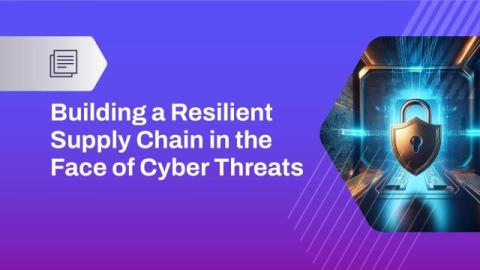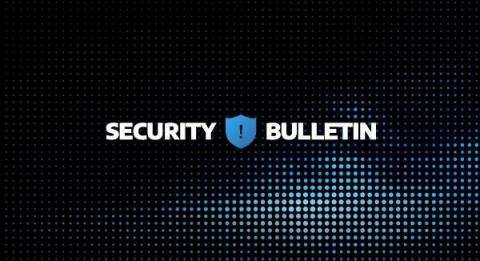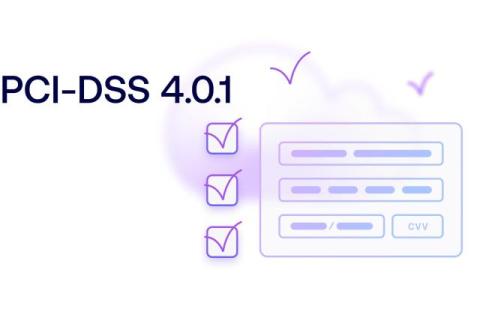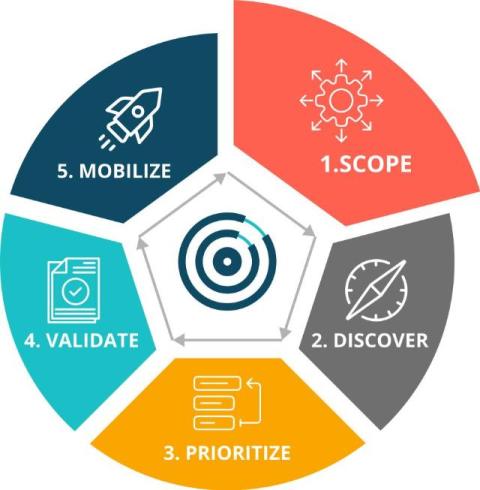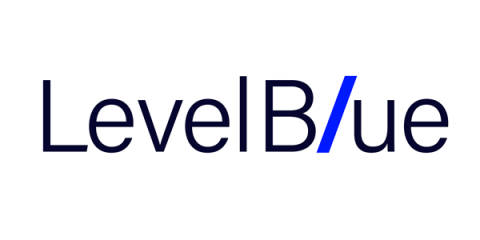How MiCA Can Bring Much Needed Regulatory Clarity to the $152 Billion Stablecoin Market
Regulations are often a welcome signal toward market maturation, acceptance, and assurance for new technologies and financial practices. The European Commission’s “Markets in Crypto Assets Regulation” (MiCA) is no exception. A significant piece of legislation, MiCA has been heralded by some as the end of the “crypto wild west”, bringing crypto-assets, crypto-asset issuers, and crypto-asset service providers under a regulatory framework for the first time.



